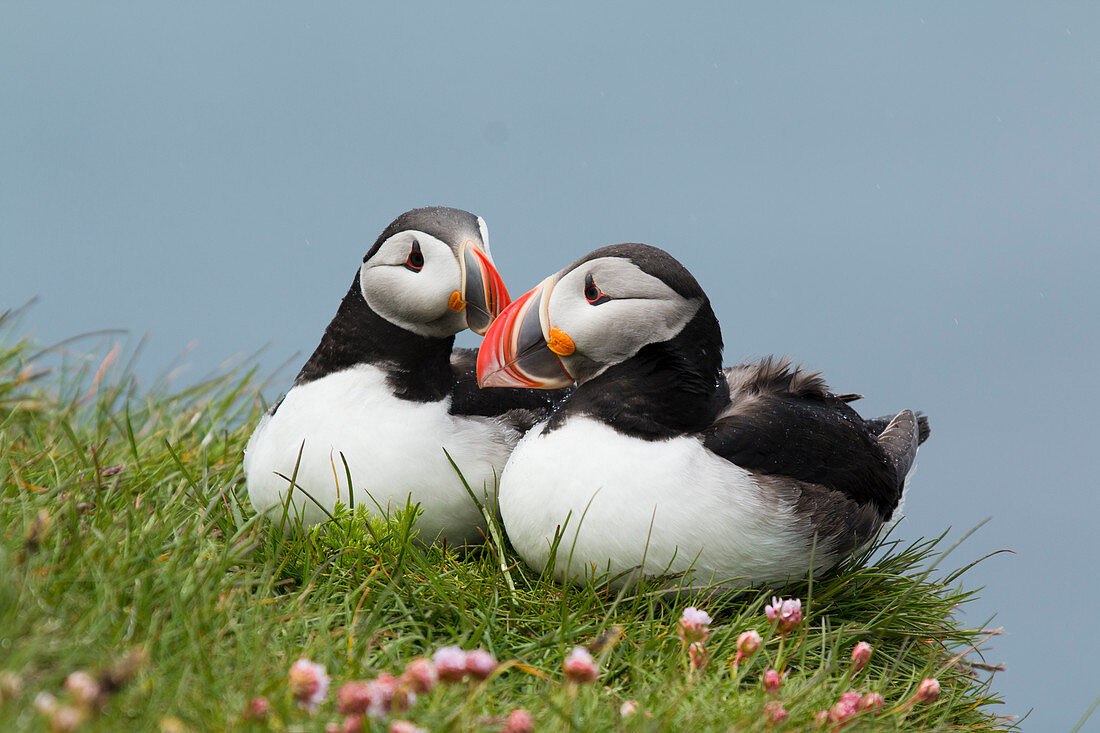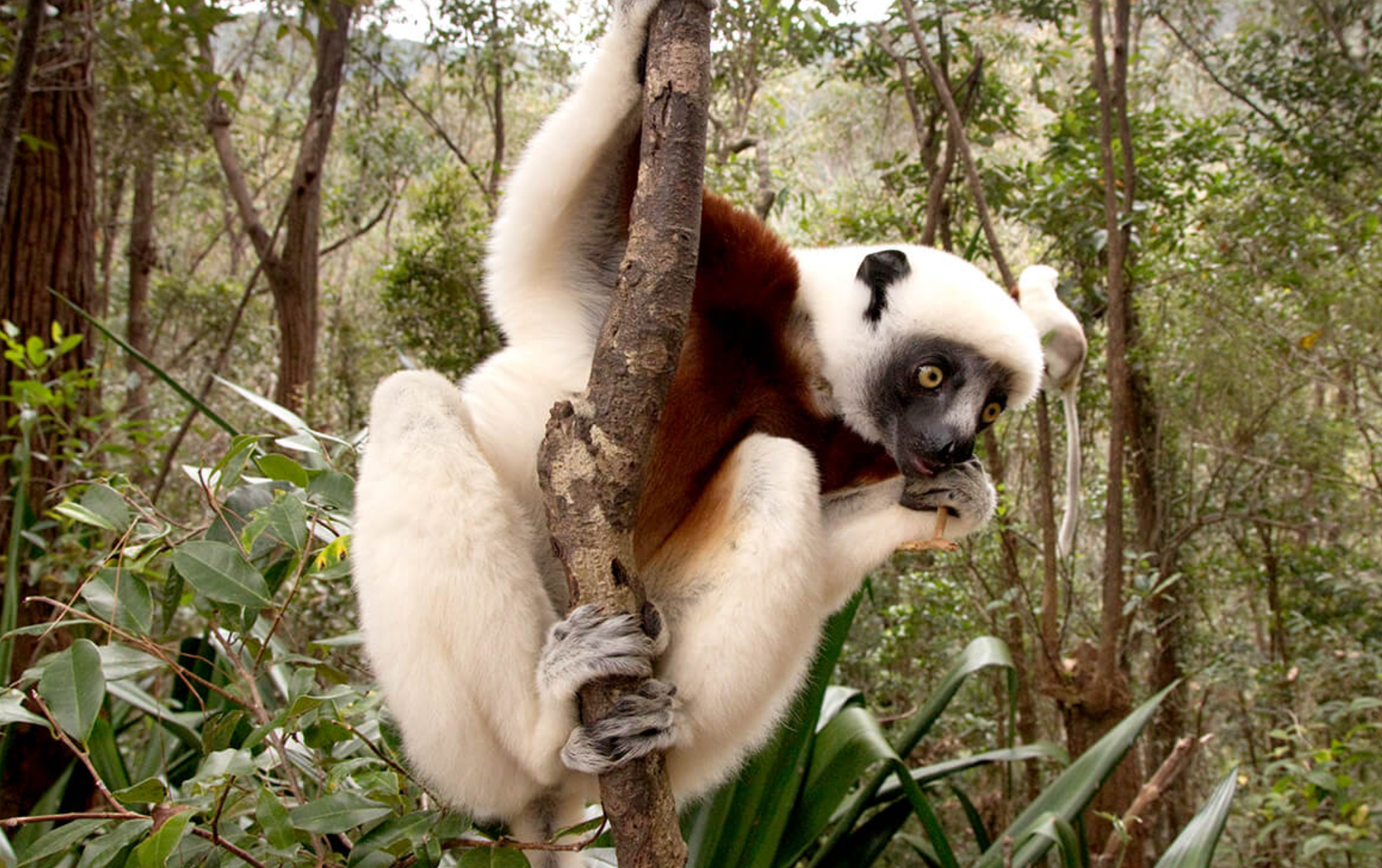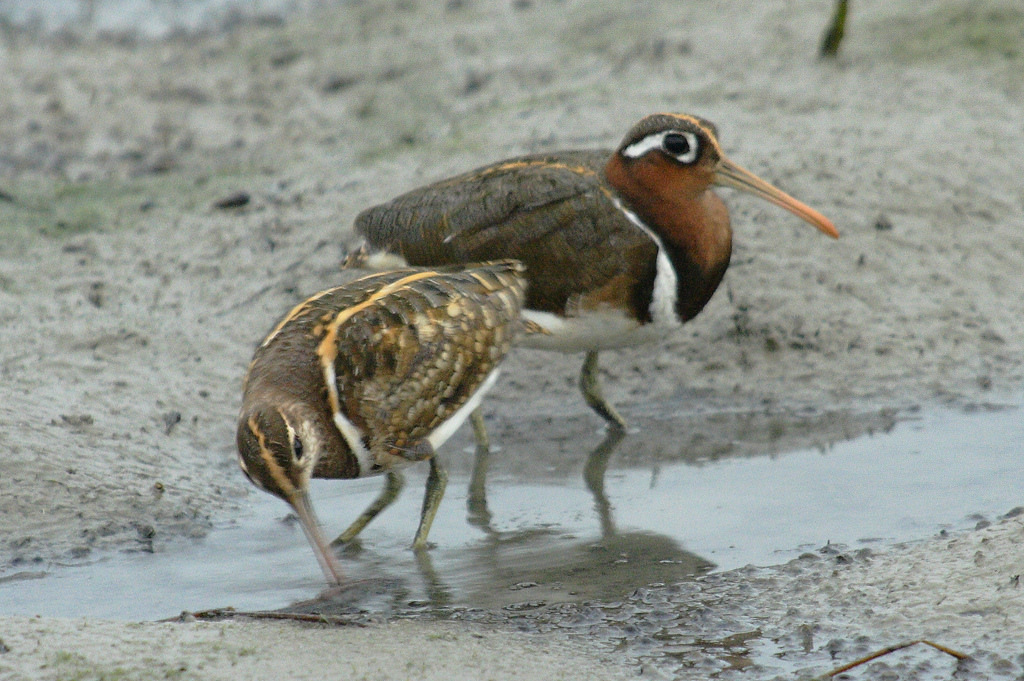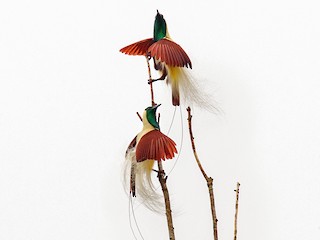AH Biology - Unit 2 - KA4(b) - Reproductive Behaviours and Mating Systems in Animals
1/21
There's no tags or description
Looks like no tags are added yet.
Name | Mastery | Learn | Test | Matching | Spaced |
|---|
No study sessions yet.
22 Terms
What are mating systems based on?
Mating systems are based on how many mates an individual has during one breeding season.
What are the two main types of mating systems?
The two main types of mating systems are:
Monogamy
Polygamy
What are the two different types of polygamy?
The two different types of polygamy are:
Polygyny
Polyandry
What is monogamy?
Monogamy is when one pair of animals mate to the exclusion of others. An example of a monogamous species is the Atlantic puffin (Fratercula arctica).

What is polygamy?
Polygamy is when individuals of one sex have more than one mate.
What is polygyny?
Polygyny is when one male mates exclusively with a group of females. An example of a polygynous species is the Southern elephant seal (Mirounga leonina).

What is polyandry?
Polyandry is when one female mates with more than one male in the same breeding season. An example of a polyandrous species is Coquerel’s sifaka (Propithecus coquereli).

What do many animals have to attract mates?
Many animals have mate selection courtship rituals. For example:
Bird calls and songs
Courtship dances
Displays of honest signals
What can successful courtship behaviour in birds and fish be a result of?
Successful courtship behaviour in birds and fish can be a result of species specific sign stimuli and fixed action pattern responses.
What is a species specific sign stimuli?
A species specific sign stimuli is an action that causes a fixed action pattern response.
What is a fixed action pattern response?
A fixed action pattern response is a sequence of actions that occurs as an organisms response to a sign stimuli.
What does sexual selection select for?
Sexual selection selects for characteristics that have little survival benefit for the individual, but increase their chance of mating.
What is sexual dimorphism driven by?
Sexual dimorphism is driven by sexual selection.
What is sexual dimorphism?
Sexual dimorphism is when males and females of a species look different to each other. Normally males have a larger size and are more conspicuous in markings, structures, and behaviours. Females will often look inconspicuous to camouflage from predators while sitting on the nest or caring for young.
What type of sexual dimorphism occurs in some species?
In some species, reversed sexual dimorphism occurs. Generally in these cases, females have a larger body size than males. For example, the Greater Painted Snipe (Rostratula benghalensis)

What is reversed sexual dimorphism not normally driven by?
Reversed sexual dimorphism is not normally driven by sexual selection.
What do males do in lekking species?
In lekking species, such as emperor birds of paradise (Paradisaea guilielmi), males gather in an area and display to females at a lek.

What is the structure of a lek?
In a lek, the dominant males will occupy the centre of the lek and satellite males, subordinates and juveniles, will remain at the fringes of the lek.
What occurs during a lek?
During a lek, female choice occurs.
What is female choice?
Female choice is a process where females use honest signals such as tail feather length or bright plumage to assess male fitness and male parasite burden. Females are more likely to mate with fitter males who have less parasites. Generally, females invest more in their offspring, so are more selective of mates than males. (Quality over quantity).
DELETE WHEN MERGE
What are honest signals?
Honest signals are characteristics of the male that indicate they have favourable alleles, which they can pass on, that increase the chances of the offspring surviving and increase their fitness. They also indicate that the male has a low parasite burden and that he is a healthy individual.
What is male to male rivalry?
Male to male rivalry is a process where males are selected for larger body size or weaponry. Males use these through real or ritualised conflict to increase their access to females for mating and for dominance. Examples of features selected for are antlers or horns.
DELETE WHEN MERGE